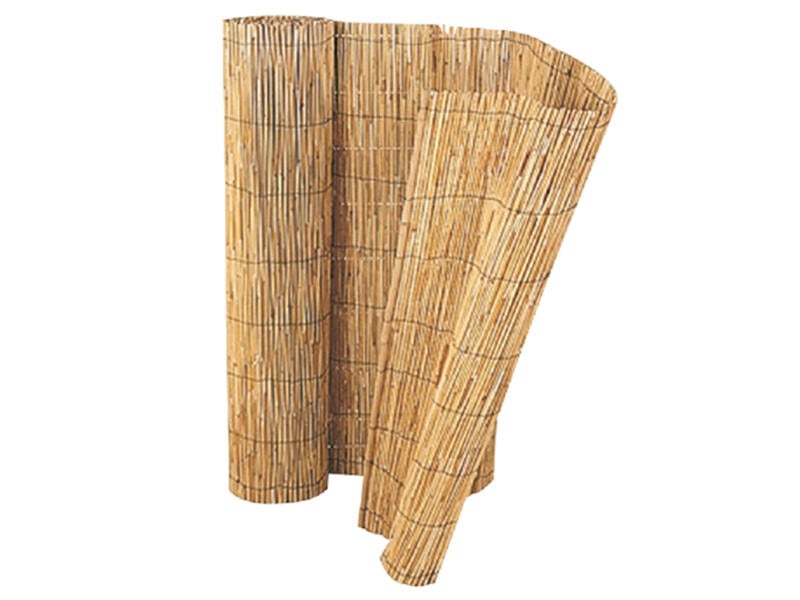How would one best prepare plasterboard for rendering?
>inb4 "you shouldn't render plasterboard"
yeah I know, but it's for soundproofing; more mass, less sound penetration
I've done some tests and though my mortar does stick to the ceiling, when trying to get it flat, it just tears off. Putting a rule to it and pretty much everything comes off. I was thinking to roughly skim coat it with with a very sticky, sloppy mix with some sand in it and let it go off to have something the render can more easily stick to.
I'd like to do a 10mm coat, rule it straight and float.
I do know that Tierrafino has a rough primer which is use to get loam plasters to bond to concrete and plasterboard. But it cost 100 euro for a bucket and I would like to avoid that.
If you have some ideas I could test out, feel free to educate me!
Cheers
>inb4 "you shouldn't render plasterboard"
yeah I know, but it's for soundproofing; more mass, less sound penetration
I've done some tests and though my mortar does stick to the ceiling, when trying to get it flat, it just tears off. Putting a rule to it and pretty much everything comes off. I was thinking to roughly skim coat it with with a very sticky, sloppy mix with some sand in it and let it go off to have something the render can more easily stick to.
I'd like to do a 10mm coat, rule it straight and float.
I do know that Tierrafino has a rough primer which is use to get loam plasters to bond to concrete and plasterboard. But it cost 100 euro for a bucket and I would like to avoid that.
If you have some ideas I could test out, feel free to educate me!
Cheers




